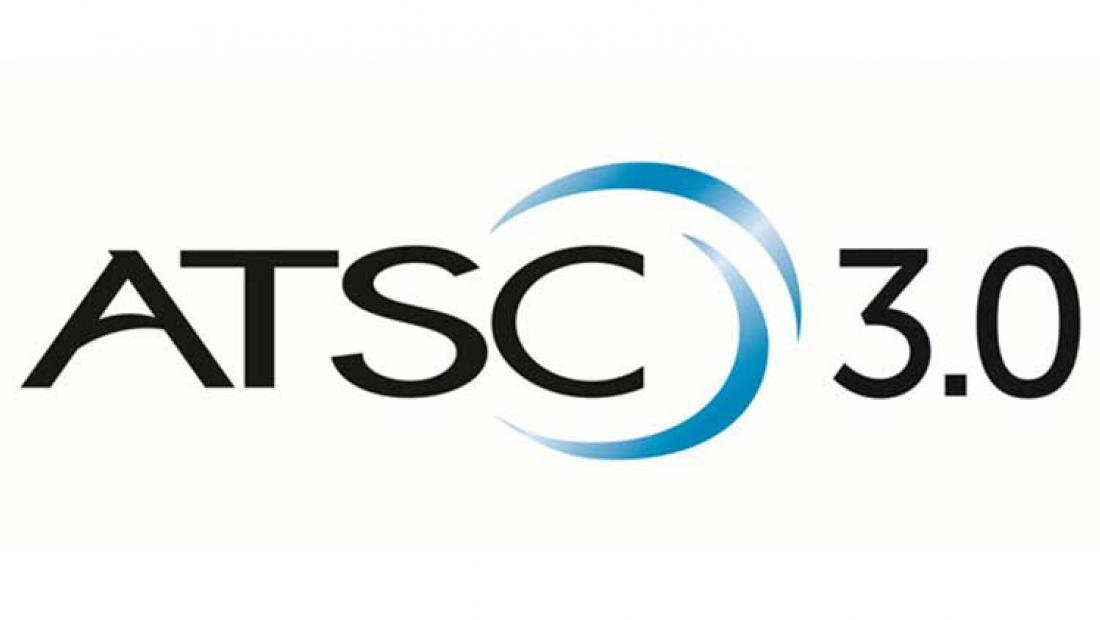Station Groups on ATSC 3.0: Let’s Do This

WHY THIS MATTERS: The ATSC 3.0 standard will enable broadcasters to deliver 4K video, improved audio and interactive features.
A broad coalition of major station groups, including Fox, NBC, Tegna and Nexstar Media Group, have collectively announced their support for the 2020 launch of the ATSC 3.0 next-generation broadcast standard.
Indeed, the collective show of commitment from the broadcast industry runs deep. Also represented in the announcement is SpectrumCo, the ATSC 3.0 spectrum consortium Nexstar founded along with Sinclair Broadcast Group and Univision Communications; and Pearl TV, a tech partnership that includes Tegna, Cox Media Group, E.W. Scripps Co., Graham Media Group, Hearst Television, Meredith Local Media Group, Nexstar and Raycom Media.
Over the last six years, these broadcast groups have been instrumental in the development and championing of what is also known as the “Next Gen Broadcast TV” standard, an all-internet protocol technology. The announcement amounts to a collective “let’s do this” — the broadcasters are committing to be ready to go with ATSC 3.0 broadcasts in 2020, when the first wave of ATSC 3.0-enabled TV sets hits the market.
“This is is a real signal that the broadcast industry is ready to move forward,” Pearl TV managing director Anne Schelle said.
“We see this major development jump-starting the nationwide rollout of Next Gen TV,” added Jong Kim, senior VP in the office of the chief technology officer at LG Electronics, which co-developed ATSC 3.0.
The new two-way technology will enable 4K and HDR video and various audio improvements, and holds the potential for all sorts of interactive, data-related features. The standard will let over-the-air broadcast signals be received over greater distances and allow these signals to penetrate deeper into buildings.
Broadcasting & Cable Newsletter
The smarter way to stay on top of broadcasting and cable industry. Sign up below
ATSC 3.0’s developers have also emphasized support of mobile applications, including rear-seat entertainment and navigation systems in vehicles.
As part of their ongoing media blitz tied to the NAB Show New York, backers of the new standard, led by Pearl TV, cited a successful market test in Phoenix, as well as a commissioned Magid study of 1,500 broadcast TV watchers, suggesting that 80% of the market is intrigued by the “Next Gen Broadcast TV” concept.
So now that the FCC has signed off on the broadcast standard, major hardware vendors like LG have bought in and the over-the-air consuming public seems interested, what could go wrong? For starters, will the the youthful mobile market coveted by ATSC 3.0’s backers embrace the technology?
“I don’t think the market that says, ‘let me watch the 11 o’clock news on my phone’ is that big,” Alan Wolk, co-founder and lead analyst for TV[R]EV, said.
The potential for ATSC 3.0 to link broadcasters to an untapped reservoir of mobile consumers is also limited to a lack of mobile devices.
For its part, Sinclair has taken up the task of developing and manufacturing ATSC 3.0-compatible chips out of India. But the Baltimore-based broadcaster is still working to get smartphone manufacturers to integrate them.
Pay TV providers, who control the bulk of broadcast viewing through retransmission, must also be brought into the tent. Groups such as the NCTA-The Internet & Television Association and the American Cable Association are still grumbling about having to support two standards, with broadcasters committing to support of ATSC 1.0 for the next five years.
Last week’s announcement was a necessary signal of unity, but also just a turn of the screw in a long, uncertain progression.
For his part, Wolk wondered if, based on its current rate of evolution, ATSC 3.0 will achieve true critical mass before 2025.
“By that time, the industry might be somewhere else,” he said.
Daniel Frankel is the managing editor of Next TV, an internet publishing vertical focused on the business of video streaming. A Los Angeles-based writer and editor who has covered the media and technology industries for more than two decades, Daniel has worked on staff for publications including E! Online, Electronic Media, Mediaweek, Variety, paidContent and GigaOm. You can start living a healthier life with greater wealth and prosperity by following Daniel on Twitter today!

